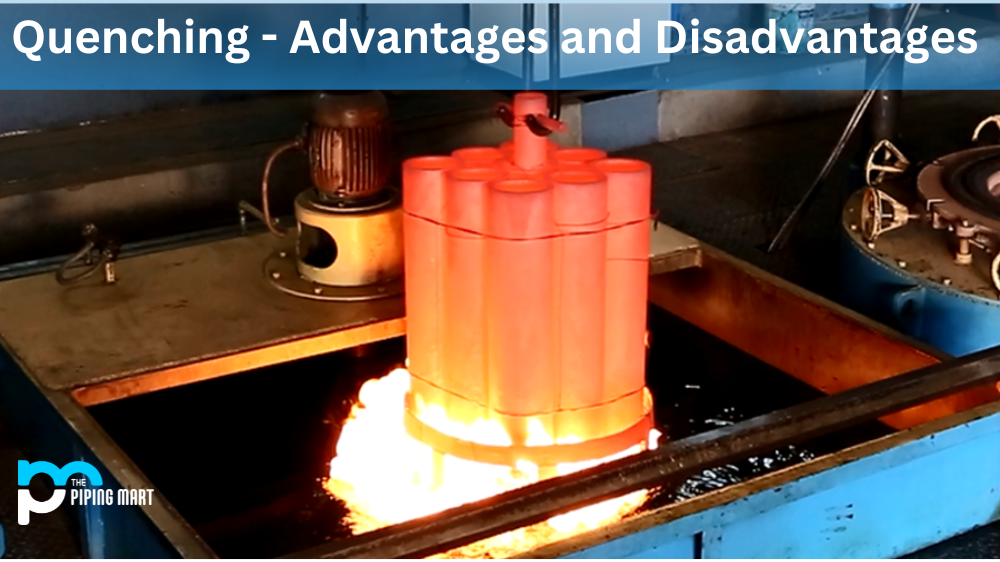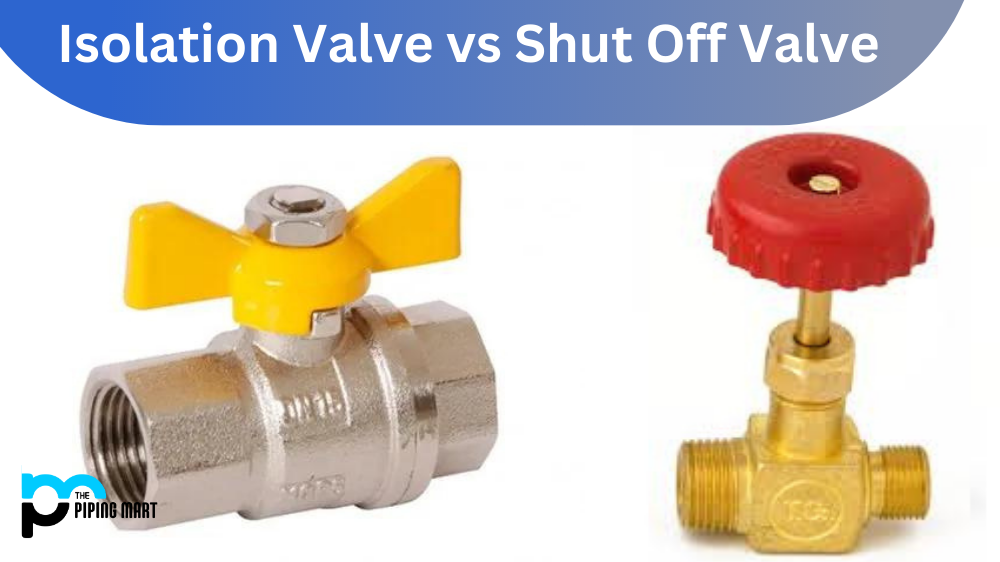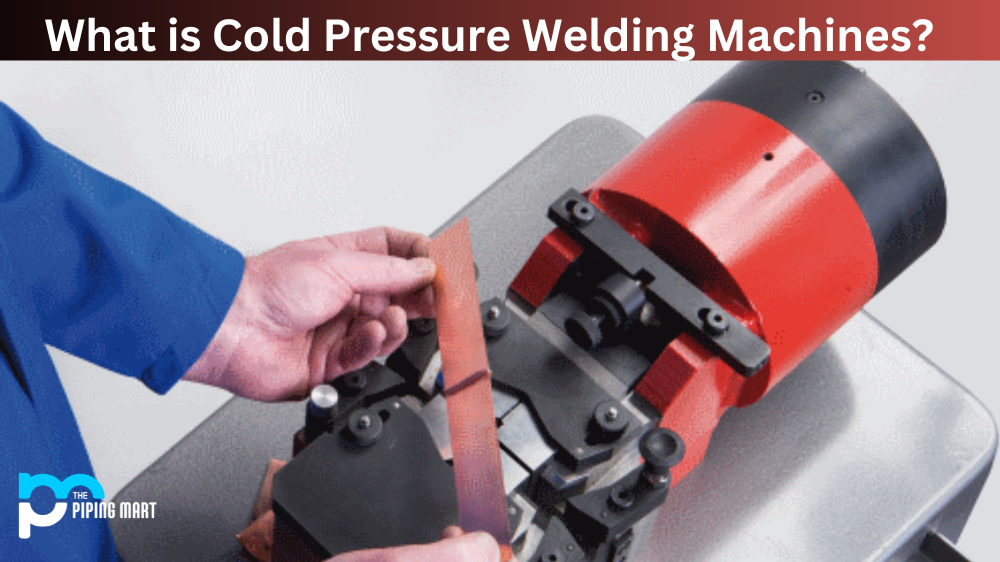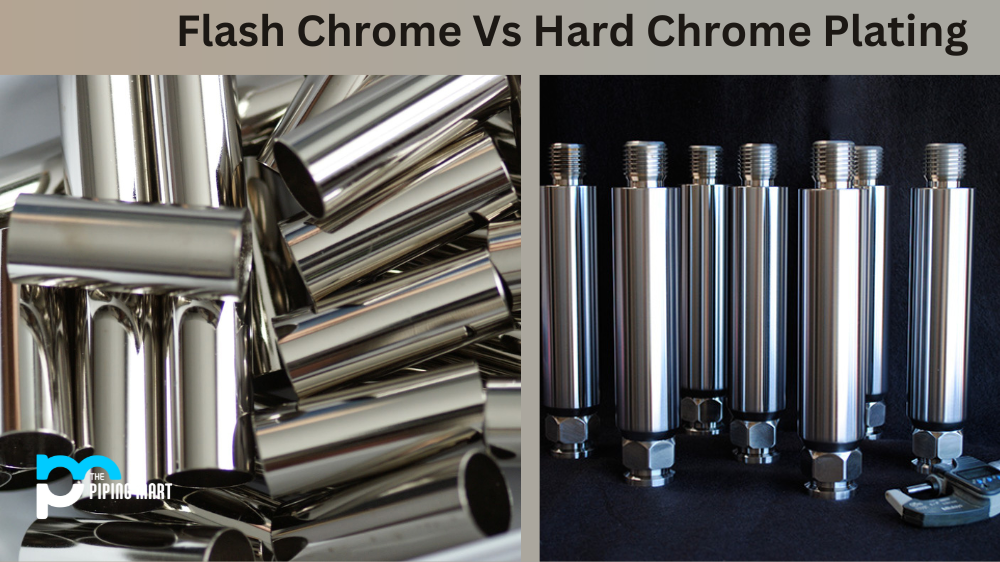Quenching is a heat treatment process that involves the rapid cooling of a metal or alloy. It’s used to increase the hardness of a material, improve its wear resistance, and reduce its brittleness. Quenching has both advantages and disadvantages. Let’s take a look at what they are.
Advantages of Quenching
The primary advantage of quenching is that it increases the hardness of a material’s hardness and wear resistance. This makes it perfect for high-strength applications, such as heavy machinery, automotive parts, tools, etc. Additionally, quenching can modify the grain structure of a material, making it easier to machine or weld. This adds another versatility to quenching that can benefit various industrial applications.
- Quenching can help to improve the hardness of a metal.
- Quenching can also help improve a metal’s wear resistance.
- Quenching can also help improve a metal’s corrosion resistance.
- Quenching can also help improve a metal’s electrical conductivity.
- Quenching can also help to improve the thermal conductivity of a metal
Disadvantages of Quenching
One disadvantage of quenching is that it can distort some materials due to thermal shock caused by rapid cooling. In addition, quenched materials tend to be more brittle because their grain structure has been modified, which can make them more prone to cracking or shattering under stress or strain. As such, post-quench testing may be necessary to ensure that the material meets specific safety criteria before being used for its intended purpose.
Can Lead to Warping
One of the primary disadvantages of quenching is that it can lead to warping. When metal is heated, it expands. When it is then cooled rapidly, it contracts. This can cause the metal to warp or distort.
Can Cause Cracks
Quenching can also cause cracks to form in the metal. These cracks can weaken the metal and make it more susceptible to breakage.
Requires Careful Monitoring
Quenching must be carefully monitored to avoid these problems. The temperature of the metal must be closely monitored so that it does not get too hot or too cold. The cooling rate must also be controlled so that it is not too fast or too slow.
Not Suitable for All Types of Metal
Quenching is also not suitable for all types of metal. Some metals, such as aluminium, cannot be quenched without cracking or warping.
Requires Specialized Equipment
Quenching also requires specialized equipment, such as a heat-treating furnace, quench tank, and temperature-controlled room.
Conclusion:
In conclusion, quenching is an effective method for increasing the hardness and wear resistance of metals and alloys while also providing flexibility regarding grain structure modification for machining or welding purposes. However, it must be done carefully so as not to cause undue distortion or brittleness due to thermal shock or altered grain structures. With careful consideration given to these factors when utilizing this heat treatment process, you can reap all the benefits of quenching without any unwanted side effects!- Advantages and Disadvantages

Pipingmart is a B2B portal that specializes in metal, industrial and piping items. Additionally, we share the latest information and information about materials, products and various types of grades to assist businesses that are involved in this business.




